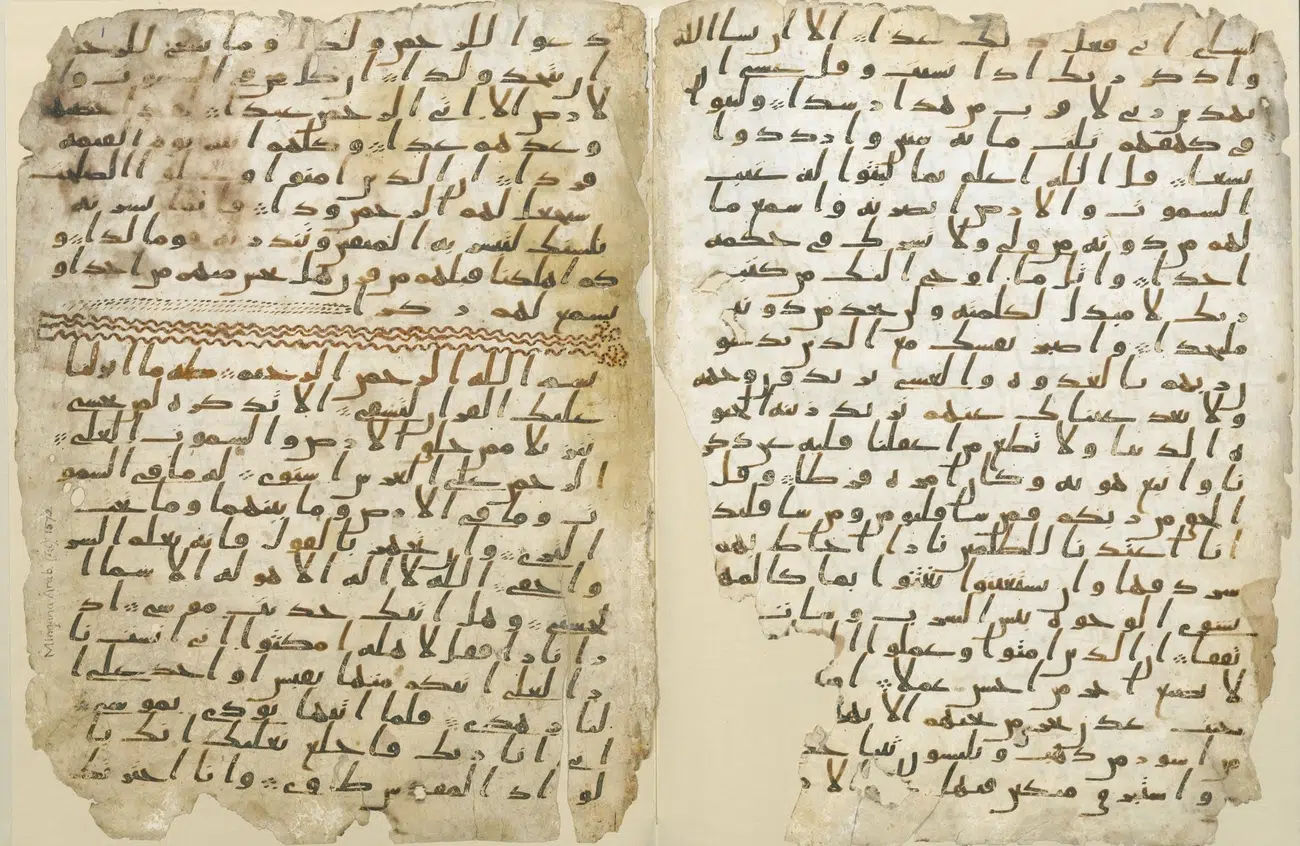

The History of Arabic
Arabic is one of those languages that comes alive as soon as you hear it. Its sound has warmth, a gentle rhythm, and a subtle music that hints at its age. It feels both ancient and familiar. The writing has existed in its forms for over a thousand years, but people were using early versions of Arabic long before someone carved a letter into stone.
How It All Began
Arabic is part of the Semitic branch of languages, making it a distant relative of Amharic and Hebrew. Its journey started on the Arabian Peninsula with roaming Bedouin tribes and traders, who spread it at every stop along their routes. By the 4th century CE, Arabic had its own written form, influenced by Nabataean Aramaic. If you look at those ancient inscriptions today, you can still recognize the shapes, though they are a bit rougher and less polished than modern script.
More Than One Arabic
When we say “Arabic,” we actually refer to several distinct varieties of the language. There is Classical Arabic, the refined form used in old literature and religious texts. Then there is Modern Standard Arabic, the version heard in news broadcasts, political speeches, and formal writing today. But if you step into a home or a market, you’ll hear something quite different: the everyday dialects. Egyptian Arabic, Gulf Arabic, Levantine Arabic, Maghrebi Arabic—each has its own rhythm, vocabulary, and character. Sometimes, they are so different that people from distant regions have to use Modern Standard Arabic just to understand each other.
The Language’s Global Footprints
Even if you’ve never studied Arabic, you already know some Arabic words. Terms like sugar (sukkar), cotton (qutn), and admiral (amir al-) came into English centuries ago. Arabic contributed much more than just words; it was a holder of knowledge. During the Islamic Golden Age, it served as the language of science, mathematics, philosophy, and trade, spreading ideas across continents and laying the groundwork for modern education.
A Living, Breathing Language
Today, Arabic is spoken in busy cafes in Beirut, quiet study rooms in Rabat, and beach villas in Oman. It carries its rich heritage in every syllable, but it continues to evolve, influenced by new ideas, new technology, and new generations. It is a language that remembers its beginnings while always seeking new places to go.
You May Also Like
Sign up to receive our latest updates
Get in touch
Call us directly
Address
